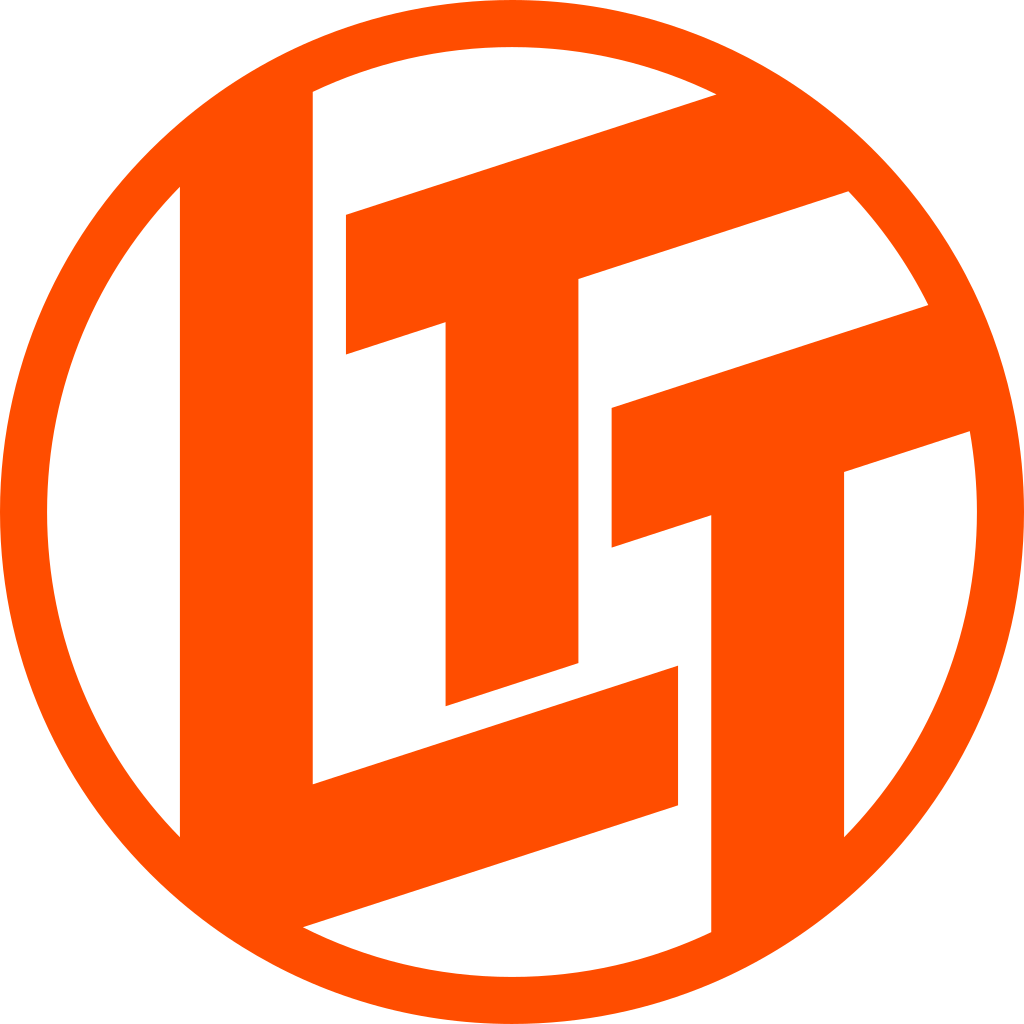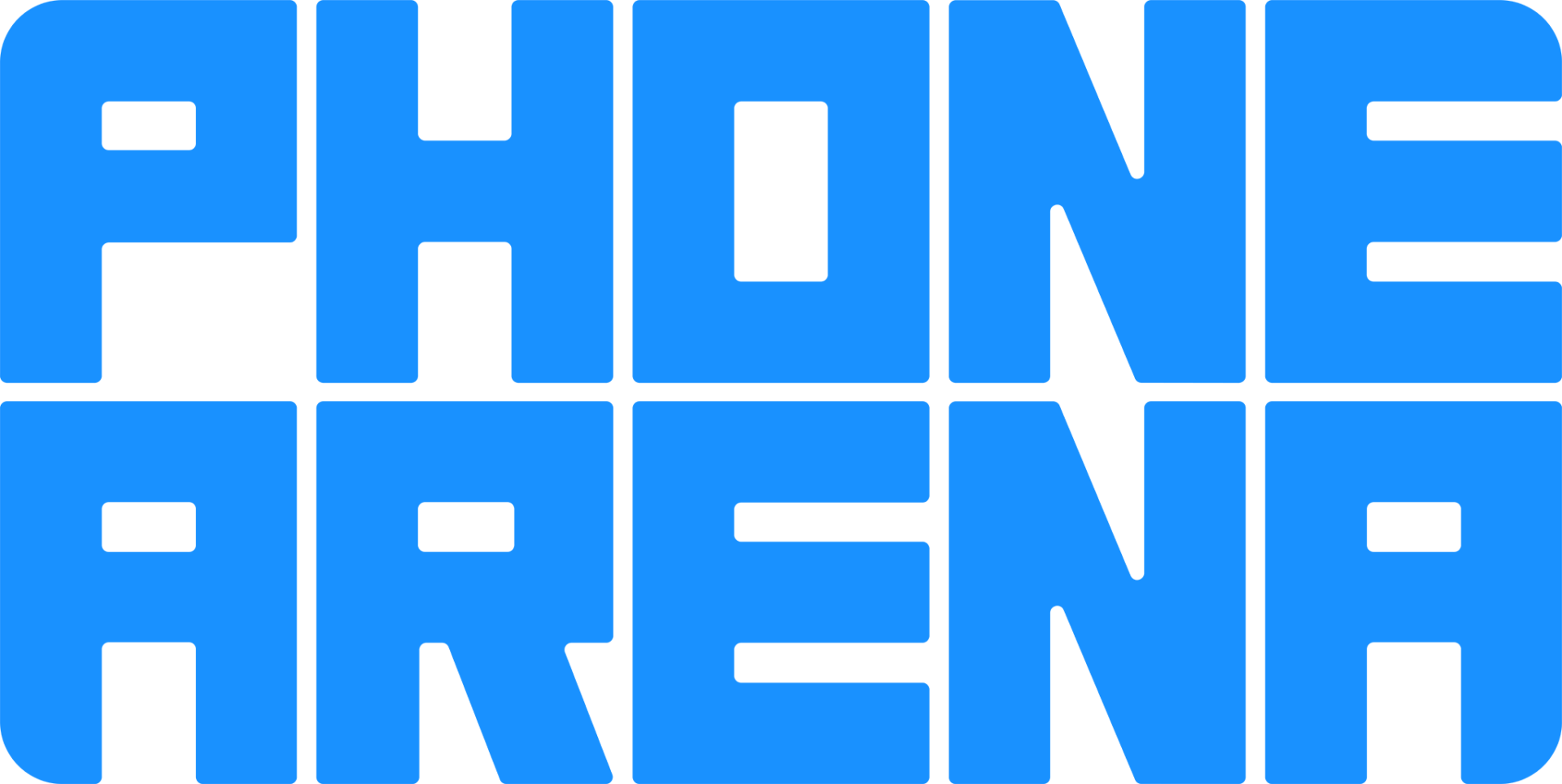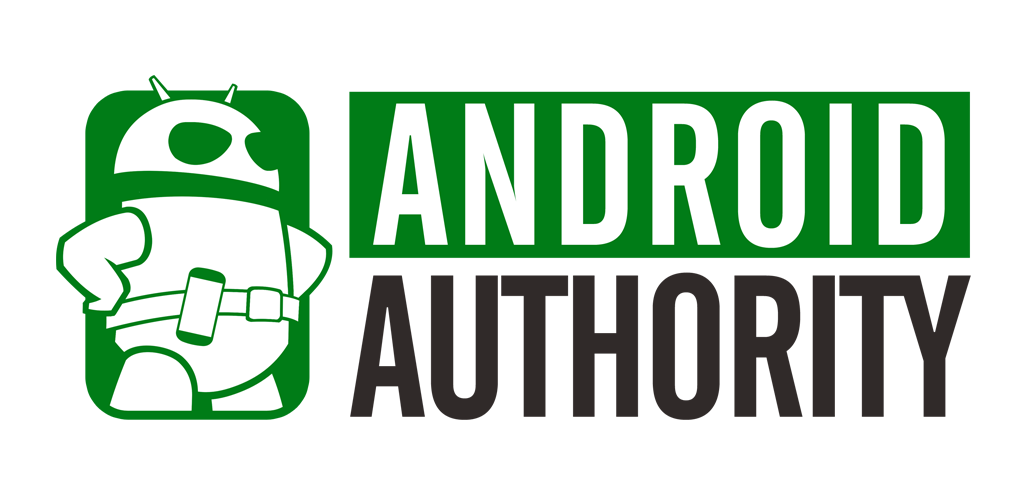A comparison of specs, key information, reviews, and best pricing from top retailers
Last updated -- hours ago | Report incorrect information
What we think

The PerfectRec monitor team Learn more
Updated April 11, 2024·
If you prefer a larger screen and a lower price, the Gigabyte M32U will suit you well for casual gaming and productivity with a decent overall performance. On the other hand, if you're willing to spend more for higher image quality and better performance in HDR gaming and media consumption, the KTC M27P20 Pro with its MiniLED technology offers sharper text, better contrast, and a higher color accuracy for tasks like digital photo editing, making it a great option for both gaming enthusiasts and professional content creators. The KTC also has a slightly higher refresh rate, which can be beneficial for competitive gaming. Give Feedback
this description is based on the product variant with some specs and product variant with some specs. At the time of writing, the variant with some specs cost some dollars and the variant with some specs cost some dollars.
Advantages of the Gigabyte M32U (IPS)
- The Gigabyte M32U (IPS) has no clear advantages over the KTC M27P20 Pro (IPS MiniLED).
Advantages of the KTC M27P20 Pro (IPS MiniLED)
- Excellent for casual gaming
- Best in class for productivity
- Excellent for media consumption
- Good refresh rate
- Very good text clarity
- Very good image clarity
- Good contrast
- Best in class brightness
- Very good color volume
- Very good response time
Key differences
Casual Gaming
6.2


9.3
3840 x 2160
RESOLUTION
3840 x 2160
144Hz
REFRESH RATE
160Hz
1125:1
NATIVE CONTRAST
1000:1
350 nits
SDR PEAK BRIGHTNESS
1000 nits
456 nits
HDR PEAK BRIGHTNESS
1040 nits
87.0 %
DCI-P3 COLOR GAMUT
98.0 %
Matte
COATING
Matte
The KTC M27P20 Pro (IPS MiniLED) is excellent for casual gaming, while the Gigabyte M32U (IPS) is only fair.
Competitive Gaming
4.5


6.2
144Hz
REFRESH RATE
160Hz
7.1 ms
TOTAL RESPONSE TIME
3.0 ms
20 - 144 Hz
VARIABLE REFRESH RATE
48 - 160 Hz
Yes
STROBING / BFI
No
350 nits
SDR PEAK BRIGHTNESS
1000 nits
The KTC M27P20 Pro (IPS MiniLED) is only fair for competitive gaming, while the Gigabyte M32U (IPS) is poor.
Productivity
8.0


10.0
3840 x 2160
RESOLUTION
3840 x 2160
140 PPI
PIXELS PER INCH
163 PPI
Yes
ADJUSTABLE STAND
Yes
Matte
COATING
Matte
The KTC M27P20 Pro (IPS MiniLED) is best in class for productivity, while the Gigabyte M32U (IPS) is very good.
Media Consumption
6.7


9.1
3840 x 2160
RESOLUTION
3840 x 2160
1125:1
NATIVE CONTRAST
1000:1
350 nits
SDR PEAK BRIGHTNESS
1000 nits
456 nits
HDR PEAK BRIGHTNESS
1040 nits
Matte
COATING
Matte
The KTC M27P20 Pro (IPS MiniLED) is excellent for media consumption, while the Gigabyte M32U (IPS) is only fair.
Cost
$650


$800
$200
$400
$600
$800
$1,000
$1,200
The Gigabyte M32U (IPS) has a price of $650 and the KTC M27P20 Pro (IPS MiniLED) costs $800.
HDR Gaming and Media Consumption
No


Yes
The Gigabyte M32U (IPS) is not suitable for HDR gaming and media consumption while the KTC M27P20 Pro (IPS MiniLED) is suitable for HDR gaming and media consumption.
HDR Video Editing and Color Grading
No


Yes
The Gigabyte M32U (IPS) is not suitable for HDR video editing and color grading while the KTC M27P20 Pro (IPS MiniLED) is suitable for HDR video editing and color grading.
Print Photo Editing
No


Yes
The Gigabyte M32U (IPS) is not suitable for print photo editing while the KTC M27P20 Pro (IPS MiniLED) is suitable for print photo editing.
Key similarities
Digital Photo Editing
Yes


Yes
Both the Gigabyte M32U (IPS) and KTC M27P20 Pro (IPS MiniLED) are suitable for digital photo editing.
Give feedback
We’re constantly working to improve.
How the Gigabyte M32U (IPS) and the KTC M27P20 Pro (IPS MiniLED) compare to other monitors
Spec Comparison
| Gigabyte M32U (IPS) | KTC M27P20 Pro (IPS MiniLED) |
GENERAL | |||
|---|---|---|---|
| Price | |||
$650 | $800 | ||
Screen Size | |||
Screen Size | 32" | 27" | |
Resolution | |||
Resolution | 3840 x 2160 | 3840 x 2160 | |
Screen Type | |||
Screen Type | LED | MiniLED | |
Screen Sub-type | |||
Screen Sub-type | IPS | IPS | |
Local Dimming Zones | |||
Local Dimming Zones | 16 | 576 | |
COLOR, CONTRAST & BRIGHTNESS | |||
|---|---|---|---|
Native Contrast | |||
Native Contrast | 1125:1 | 1000:1 | |
SDR Peak Brightness | |||
SDR Peak Brightness | 350 nits | 1000 nits | |
HDR Peak Brightness | |||
HDR Peak Brightness | 456 nits | 1040 nits | |
Suitable for HDR Gaming and Media Consumption | |||
Suitable for HDR Gaming and Media Consumption | No | Yes | |
sRGB Color Gamut | |||
sRGB Color Gamut | 99.8 % | 100 % | |
MOTION CHARACTERISTICS | |||
|---|---|---|---|
Total Response Time | |||
Total Response Time | 7.1 ms | 3 ms | |
Variable Refresh Rate | |||
Variable Refresh Rate | 20 - 144 Hz | 48 - 160 Hz | |
Strobing / BFI | |||
Strobing / BFI | Yes | No | |
Persistence Blur Score | |||
Persistence Blur Score | 6.6/10 | 7/10 | |
Ghosting Score | |||
Ghosting Score | 7.9/10 | 8.5/10 | |
TEXT & IMAGE CLARITY | |||
|---|---|---|---|
Pixels Per Inch | |||
Pixels Per Inch | 140 PPI | 163 PPI | |
Coating | |||
Coating | Matte | Matte | |
Text Clarity Score | |||
Text Clarity Score | 8/10 | 8/10 | |
Image Clarity Score | |||
Image Clarity Score | 8/10 | 8/10 | |
PORTS & CONNECTIVITY | |||
|---|---|---|---|
HDMI 1.4 Ports | |||
HDMI 1.4 Ports | 0 | 0 | |
HDMI 2.0 Ports | |||
HDMI 2.0 Ports | 0 | 0 | |
HDMI 2.1 Ports | |||
HDMI 2.1 Ports | 2 | 2 | |
Micro HDMI Ports | |||
Micro HDMI Ports | 0 | 0 | |
DisplayPort 1.2 Ports | |||
DisplayPort 1.2 Ports | 0 | 0 | |
Shopping
Gigabyte M32U (IPS)
See more
Dig into reviews and images
Tom's Guide
Matthew Murray | June 2022
"The Gigabyte M32U gaming monitor is almost a slam-dunk choice, considering everything you get as part of the package. Gigabyte goes for broke with things like its built-in KVM switch and GameAssist, and those come close to paying off. Add in the well-executed, more familiar offerings, and this is a monitor that deserves serious thought if you’re in the market for what it delivers."
KTC M27P20 Pro (IPS MiniLED)
See more
Dig into reviews and images
TFT Central
Simon Baker | January 2023
"Gaming and HDR are the two target uses for this screen, and it does generally very well in both. For gaming there are good response times, a single overdrive mode experience for VRR, super low input lag and solid support for latest gen consoles too. The moderately high 160Hz refresh rate provides good motion clarity, and is a nice combination with the high 4K resolution that provides a sharp and crisp image."
Give feedback
We're constantly perfecting our model
More comparisons for you
Compare Gigabyte M32U (IPS) vs. Asus VG28UQL1A (IPS)
VS
Compare Gigabyte M32U (IPS) vs. Nubia RedMagic GM001J (IPS MiniLED)
VS
Compare Gigabyte M32U (IPS) vs. LG 34WQ75C (IPS)
VS
Compare KTC M27P20 Pro (IPS MiniLED) vs. Innocn 32M2V (IPS MiniLED)
VS
Compare KTC M27P20 Pro (IPS MiniLED) vs. Sony M9 (IPS FALD)
VS
Compare KTC M27P20 Pro (IPS MiniLED) vs. MSI MAG 341CQP (QD-OLED)
VS
FAQs
Why trust us
This information was produced and vetted by the PerfectRec monitors team. We are a product research and recommendation organization that meticulously reviews and evaluates the latest monitor information and makes it digestible for you.
By the numbers
210
Monitors evaluated
10,500
Monitors stats compiled
15
Proprietary Monitors ratings developed
132,800
Recommendations made
19,920
Consumer hours saved
About the monitor team
Joe Golden, Ph.D
CEO and Monitors Editor
Joe is an entrepreneur and lifelong electronics enthusiast with a Ph.D in Economics from the University of Michigan.
Jason Lew
Staff Expert & Software Engineer
Jason is a staff expert and software engineer that has been making laptop recommendations for 7 years and moderates one of the largest laptop subreddits.
Chandradeep Chowdhury
Staff Expert & Software Engineer
Chandradeep is a staff expert and software engineer and expert in televisions and monitors. He’s been making monitor recommendations for ten years.







